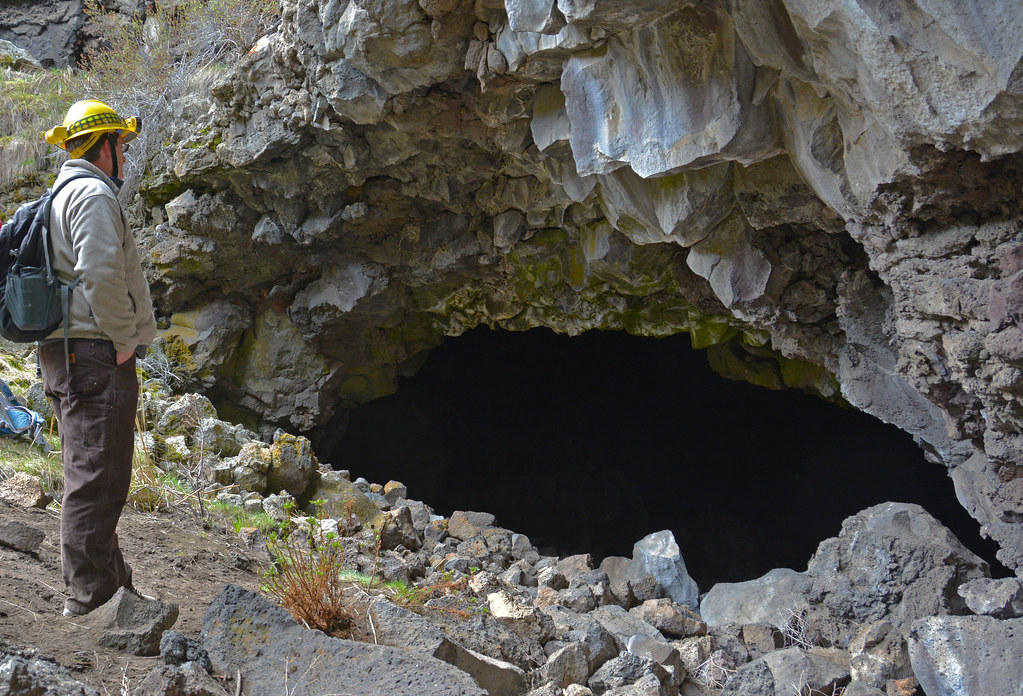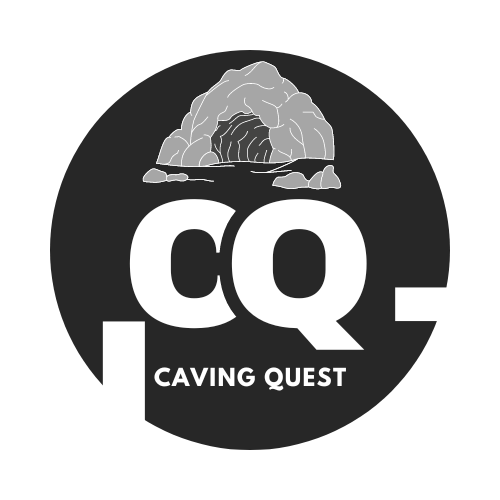In the US, caving is an exploration of the planet’s undiscovered beauties rather than just a pastime. Imagine entering the cool, dark embrace of a cave and venturing inside to explore underground wonders that have been sculpted over millions of years, all while escaping the outside world. Spelunking, or caving, provides a special kind of adventure, exploration, and tranquility that is difficult to find elsewhere.
On the other hand, novices may find caving to be frightening. It could seem overwhelming to consider negotiating tight spaces and overcoming darkness, and possible threats. Many are unsure about where to begin, what steps to take, or even if they possess the necessary abilities. The good news is that everyone can safely enjoy this fascinating activity if they follow the proper instructions and prepare beforehand.
We’ll cover everything you need to know about caving in the United States in this post, including the best locations to explore and the equipment you’ll need. This guide will assist you in embracing the underground world with excitement and confidence, regardless of your level of experience.
The Allure of Caving in the US
Why Explore Caves?
Caves have long been enigmatic and fascinating locations. They provide a window into the unadulterated, unrefined artistry of nature. Awe and a sense of being connected to the earth’s past are evoked by the stalactites hanging from the ceiling like frozen icicles, the stalagmites rising from the ground like ancient sculptures, and the echo of your footsteps in the darkness.
Many people use caving as a means of escaping the stress of everyday life. A cave’s solitude and seclusion, removed from the bustle of the outside world, offer a special setting for introspection and meditation. It’s an opportunity to disconnect and take in the splendor of nature.

The Challenges and Joys of Caving
Caving has its share of difficulties. The cramped quarters may seem confining, and the darkness can be disorienting. But it’s also because of these difficulties that caving is so fulfilling. You get an unmatched sense of accomplishment when you conquer your fears, find hidden gems that few people have seen, and navigate through unfamiliar territory.
Beginners must start small and work their way up in cave exploration. Start with popular, easier caves that offer guided tours. You can explore harder and less-visited caves as you get more experience and confidence.
Planning Your Caving Adventure
Choosing the Right Cave
In the US, there are a plethora of options available for caving. There are thousands of caves in the nation, and each one has something special to offer. However, not every cave is appropriate for novices. While some can be explored easily, others call for sophisticated knowledge and tools.
Look into caves that are considered to be accessible to beginners first. A safe introduction to caving is provided by the guided tours offered by numerous national and state parks. Many wild caves provide a rougher and more exciting experience for more experienced cavers.
Essential Gear for Caving
Safety is paramount when it comes to caving. The right gear can make all the difference between a fun adventure and a dangerous situation. Here’s what you’ll need:
- Helmet: Protects your head from bumps and falls.
- Headlamp: Your primary source of light, as caves are pitch dark.
- Sturdy Boots: Provide grip and protect your feet from rough terrain.
- Gloves: Protect your hands while climbing or crawling.
- Layers of Clothing: Caves can be chilly, so wear layers to stay warm.
Safety Tips for Caving
While caving is an incredible experience, it’s important to be mindful of safety. Here are some tips to keep in mind:
- Never cave alone: Always go with a group or a guide.
- Know your limits: Don’t push yourself too hard, especially in unfamiliar terrain.
- Leave no trace: Respect the cave environment and leave it as you found it.
- Tell someone your plan: Let someone know where you’re going and when you plan to return.

Caving Destinations in the US
Top 10 Famous and Beautiful Caves
- Mammoth Cave, Kentucky: The longest cave system in the world, offering a range of tours from easy to challenging.
- Carlsbad Caverns, New Mexico: Known for its stunning rock formations and large chambers.
- Wind Cave, South Dakota: One of the world’s longest caves, famous for its boxwork formations.
- Jewel Cave, South Dakota: The third-longest cave in the world, featuring sparkling calcite crystals.
- Lehman Caves, Nevada: A beautiful marble cave with unique formations.
- Caverns of Sonora, Texas: A hidden gem with delicate helictites and stunning formations.
- Luray Caverns, Virginia: Famous for its vast chambers and the unique Great Stalacpipe Organ.
- Ruby Falls, Tennessee: Home to an underground waterfall, a rare and breathtaking sight.
- Oregon Caves, Oregon: Known for its marble formations and the rare ‘endless cave’.
- Blanchard Springs Caverns, Arkansas: A living cave with growing formations and underground rivers.
You Might Like to Know
How many caves are in the US?
The US has over 55,000 documented caves, with more being discovered yearly. These caves vary in size, formation, and accessibility, offering endless opportunities for exploration. Here is the complete list of caves in the United States.
Why do people go caving?
People go caving to experience the thrill of adventure, discover the beauty of underground landscapes, and escape the stress of daily life. Caving offers a unique way to connect with nature and explore the unseen wonders of the earth.
Do people get stuck caving?
While it’s rare, people can get stuck caving if they underestimate the cave’s difficulty or don’t have the proper experience and equipment. This is why it’s essential to know your limits, go with a guide, and be well-prepared before exploring more challenging caves.
What age is caving for?
Caving can be enjoyed by people of all ages, from young children to older adults. However, the level of difficulty should match the participant’s experience and physical ability. Many caves offer guided tours suitable for families and beginners.
What skills do you need for caving?
Basic caving requires physical fitness, good balance, and a sense of adventure. Skills like climbing, navigation, and rope work become essential as you advance. Safety training and knowledge of cave conservation are also important.
Who can go caving?
Anyone with a sense of adventure and a respect for nature can go caving. Whether you’re a beginner or an experienced caver, there’s a cave out there for you. Just be sure to choose a cave that matches your skill level and go with a guide if you’re new to the activity.
Conclusion
Caving in the US offers an incredible opportunity to explore the hidden wonders beneath our feet. Whether you’re drawn to the thrill of adventure, the beauty of underground formations, or the peace of nature, there’s something in caving for everyone. Remember to respect the cave environment, stay safe, and embrace the journey. The underground world is waiting for you—are you ready to explore it?
Unleash the Adventurer Within River Caving in Puerto Rico.
